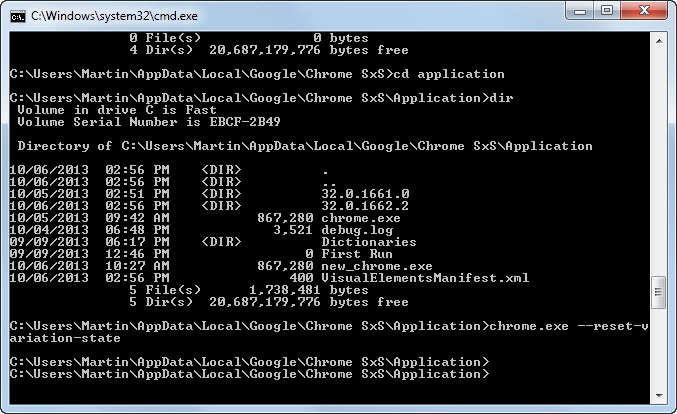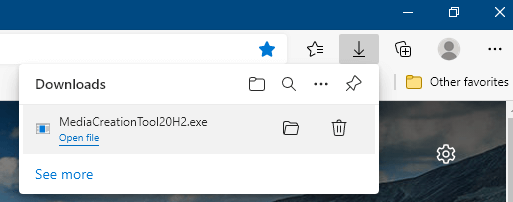

"C:\Program Files\Internet Explorer\iexplore. IE mode on Microsoft Edge is a simplified experience that combines a modern rendering engine and compatibility with legacy sites that require Internet Explorer. Optionally, you can pass in parameters here using -devtoolssrcpath parameters (more info below).

From the root of the Network Console enlistment, run npm run build. This results in Microsoft Edge automatically logging me in as my Windows account, not the different user account I need.Īs I mentioned before, if I enter the following command using IE 11, it works: (If you omit this step, youll need to include a command line parameter later). Run 'Start-Process PowerShell -Verb RunAs' to open a PowerShell window with Administrator-level access as that different user.Ĭ:\Windows\System32\cmd.exe /c start shell:AppsFolder\Microsoft.MicrosoftEdge_8wekyb3d8bbwe!MicrosoftEdge -private Running PowerShell as a different user than the one logged into Windows.

However, I cannot make this work when using Microsoft Edge. I'veīeen following the below process using Microsoft Internet Explorer 11 without issue. Using command line option like msedge.exe -edge-webview-switches'enable-webrtc-hide-local-ips-with-mdns0' doesnt work. Therefore, I'm attempting to run as a different user to perform administrative-actions. The only way to successfully disable mDNS of Edge is by changing it in edge://flags/enable-webrtc-hide-local-ips-with-mdns. It is not practical for me to login to Windows as that separate account. My organization uses separate accounts for elevated privileged actions. For its use of Chromium to be successful, Microsoft must be able to very quickly incorporate updates made to the Chromium code, build Edge, and then distribute it through Windows Update. Running Microsoft Edge from command line does not seem to work when trying to connect to an SSO-enabled HTTPS site and needing to run as a different user.


 0 kommentar(er)
0 kommentar(er)
